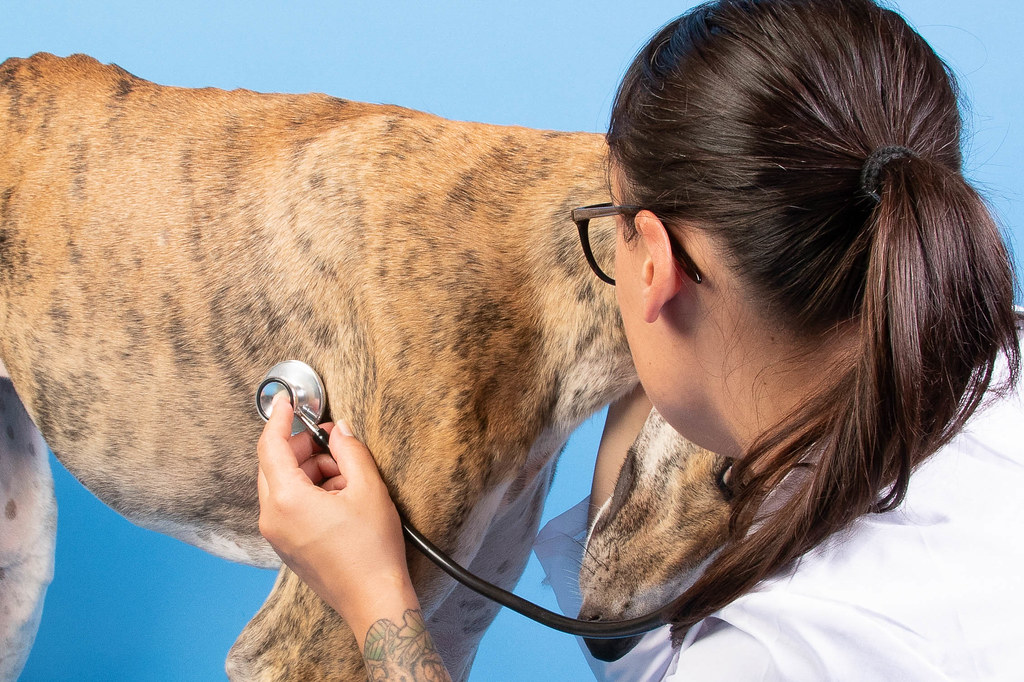Successful investments may hinge on the search for areas of medicine where demand outstrips supply. Typically, deliberation over investment decisions takes place in conversations annotated with market research, disease prevalence statistics, population numbers, and comparable transaction analysis. The conversation has a clear-cut quality to it, and the sheer weight of research in an investment memo can feel reassuring to investors making these decisions. However, for those of us who have served in the trenches of everyday healthcare, investment decisions carry the additional nuanced weight of our clinical experiences.
Investors might have a bird’s-eye view of the healthcare industry, but doctors see the disconnects between patient needs and service offerings firsthand. Working as an emergency physician and investment executive, I’ve had the invaluable opportunity to see the issue from both perspectives. I have personally observed psychiatric patients sit in the ER for days, waiting for hospital beds to open upstairs. I have seen patients who are losing their vision wait and worry as the hospital staff attempts to find an on-call ophthalmologist available on nights and weekends. I still worry that patients with dermatologic conditions will pass through the ER without proper follow-up and decide not to wait weeks for an appointment with a specialist. For doctors who see how service gaps impact people on a daily basis, investment opportunities and unresolved patient needs come with names and stories attached.
I have been fortunate to be able translate my clinical observations into investment decisions that will help patients and physicians in the field. Given my role with Chicago Pacific Founders, I can seek to invest in the psychiatric hospitals, ophthalmology practices, and dermatology clinics that I know patients need. However, I also know that more must be done to resolve the current disconnect between patient needs and provider services. We are in the midst of a growing physician and specialist shortage; according to a recent survey from Merritt Hawkins, the average wait time for a new physician appointment currently stands at 24.1 days, up nearly 30% from 2014. Those seeking specialists such as cardiologists face a similarly long average waiting period of 21.1 days. Emergency medicine physicians are available at all hours of the day, every day of the week, but finding other medical specialists to provide on-call consults can be more than a little challenging.
This access problem is not likely to go away anytime soon. According to a recent report from the Association of American Medical Colleges (AAMC), the United States will face a projected shortage of between 46,000 and 90,000 doctors by 2025. The shortage will make the lack of primary physicians and specialists alike a more pressing problem as our supply of doctors flags behind a growing population of patients. As a doctor and investment professional, this trend both concerns me and places greater weight on the work I do for either role.
In the years to come, we will need more trained doctors and treatment facilities. However, manpower alone won’t solve the problem at hand; the healthcare industry will also need private-sector investors who are willing to put their support behind businesses that provide specialized care and address currently unmet patient needs. The healthcare market is full of opportunities, and investors need only apply their business insights to the real gaps in patient care to make an impactful difference for the future.






